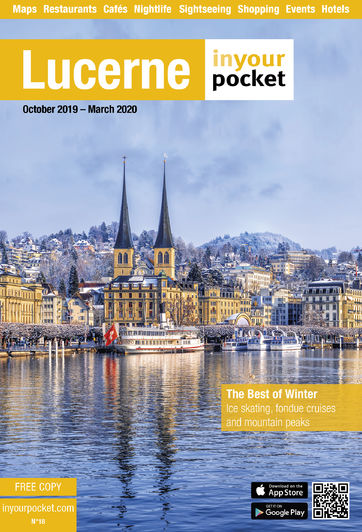Lucerne's Old Town
more than a year agoLucerne’s Old Town dates back to the 13th century when it was established by Rudolph IV, Count of Laufenburg. During this time period, Lucerne became an important trading centre in Central Europe as it was located at a major intersection of the Gotthard Pass road which connected northern and southern Europe. Additionally, the city's strategic location made it an ideal spot for military defence against outside attacks. This is reflected in the many fortifications that were built throughout the city during this period.
Today, visitors can explore these remnants of Lucerne’s past by taking a stroll through the winding streets and alleyways of the Old Town or by visiting one of its many landmarks. Notable sites include Musegg Wall which was constructed in 1386 and stands 6 meters tall with nine towers that provide stunning views over Lucerne; Spreuerbrücke (Spreuer Bridge), known for its 17th-century paintings depicting scenes from dances of death; Kapellbrücke (Chapel Bridge), Lucerne’s oldest covered bridge; and Hofkirche (Church Square) which houses some of Lucerne’s oldest churches including Jesuit Church built between 1667-1677 and St Peter’s Chapel dating back to 1230 AD.
In addition to exploring these historic sites in person, there are also several museums scattered throughout Old Town where visitors can learn more about Lucerne’s rich history and cultural heritage such as Historical Museum or Museum zum Glokenkasten (Museum Of Bell Casting). The Naturmuseum Luzern is also worth visiting if you're interested in nature-related topics as it contains numerous displays featuring local wildlife such as birds and insects, along with other natural specimens from around the world.





Comments